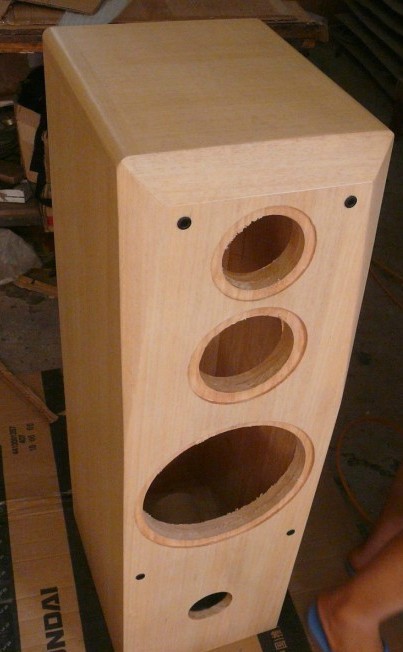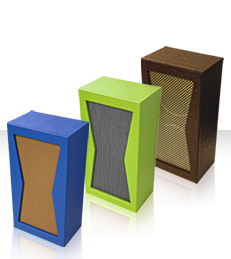

In December 2013, Apple released the second-generation Mac Pro with a new cylindrical design. Revisions in 20 revisions had Nehalem/ Westmere architecture Intel Xeon processors.

It was replaced on April 4, 2007, by a dual quad-core Xeon Clovertown model, then on January 8, 2008, by a dual quad-core Xeon Harpertown model. Introduced in August 2006, the first-generation Mac Pro had two dual-core Xeon Woodcrest processors and a rectangular tower case carried over from the Power Mac G5.

It is one of three desktop computers in the current Macintosh lineup, sitting above the consumer Mac Mini and iMac (and alongside the now discontinued iMac Pro). The Mac Pro, by some performance benchmarks, is the most powerful computer that Apple offers. You can now paint the speaker cabinet if you wish.Mac Pro is a series of workstations and servers for professionals that are designed, developed and marketed by Apple Inc. Feed the speaker wire through the back just before you secure it to the sides.Move it until it's straight and the speaker is aligned with the hole screw it in place. Position the center piece between the sides.Place one of the sides against the front and screw in place.Apply spray adhesive to the edges of the side piece and the front piece where you made your holes.Place the center piece off to the side.The key is the order in which you put it together. Putting the speaker cabinet together can be slightly confusing.

This will eliminate the need for a center divider, but doing this creates a vibration, causing a dull sound, inside the speaker cabinet. You could, if you like, fasten the speaker to the front of the speaker cabinet. Use silicone to seal the edges of the speaker to the wood divider. Line the speaker up and drill the holes needed to secure it in place. This divider is the center of the speaker cabinet and will have the speaker fastened to it. Step 4 - Secure the Speaker to the Internal Divider Then drill a hole near the bottom of the back piece of the speaker cabinet for the wires. Use the drill to create holes along the edges where you want to assemble the pieces. Use the router to create the hole where you will place the speaker. When you finish cutting all the pieces, sand the cut edges. Transfer the measurements from Step 1 to the piece of wood and cut the pieces out with the jigsaw. You'll want to use the same wood for all the pieces, so get a single sheet of plywood in.


 0 kommentar(er)
0 kommentar(er)
